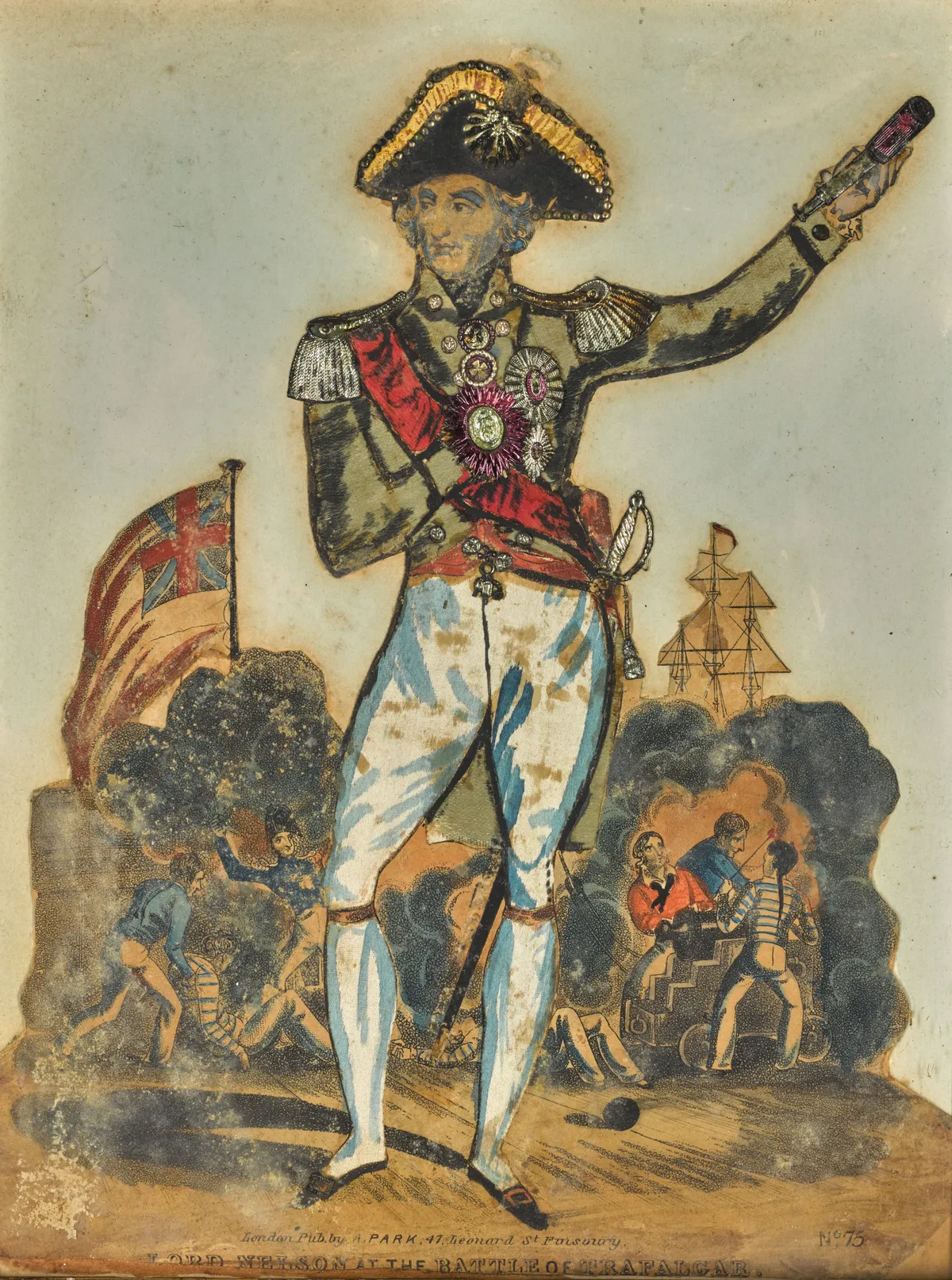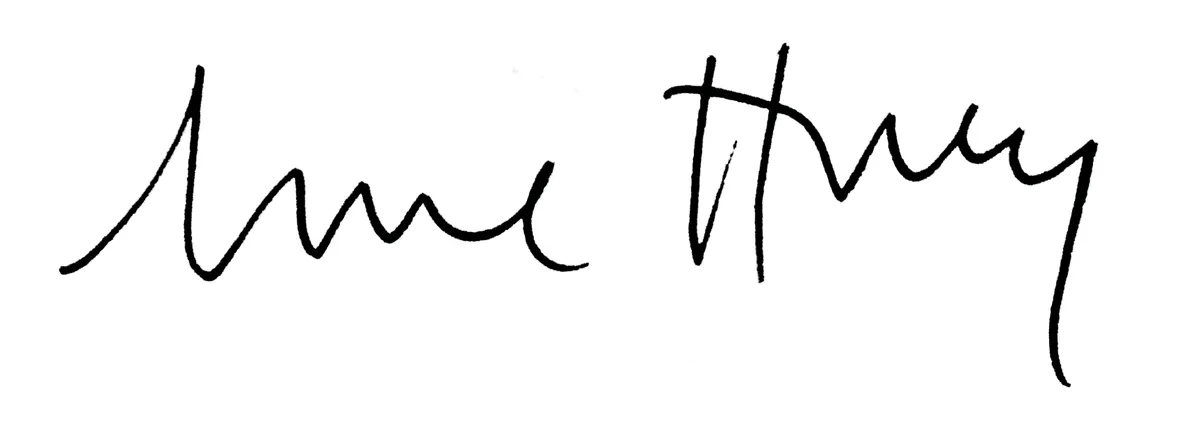One of my favourite ‘single owner’ collections was the Sotheby’s sale of Vivien Leigh’s estate in September 2017. As you can imagine,she had impeccable taste. One lot that caught my eye was her set of framed Victorian theatrical tinsel pictures, which sold for a deserved £3,000. They used to hang in the library of Notley Abbey, the 12th-century Buckinghamshire house she shared with her husband, Laurence Olivier.
Do you know about these? A tinsel picture is an early to mid 19th-century theatrical engraving on paper – sold as ‘a penny plain, or tuppence coloured’, usually depicting a popular actor of the time in a swashbucklingrole: a highwayman, apirate, a swooning heroine,or a Shakespearean bandit.The print could then be‘tinselled’ at home – adelightful craze, which firstcaught on in the 1820s until
it petered out in the 1860s.
The enthusiastic ‘tinseller’ could then embellish their print with various kinds of materials glued to the surface: scraps of cloth for the clothes, bits of leather for the belts, tufts of feather for the caps, and even beads, for a more flamboyant effect.

By the 1830s, ready-cut sheets of ornaments were widely available for sale, including die-cut metal foils to simulate the silver, steel and copper of armour, swords, buckles and daggers. In 1836, Mr Webb’s catalogue offered an extraordinary range of 13,000 tinsel ornaments. The finished result was then framed in rosewood, walnut or bird’s eye maple, and displayed onthe wall with pride. For the joy of the tinsel picture is that each one is a unique creation.
Theatrical prints were sold by printers and stationers, and the much-loved firms of William West,
J. K. Green, Hodgson, Redington andSkelt sold toy theatres and plays alongside the portraits. Toy theatres were popular children’stoys until the end of the 19th century. As with the tinsel portraits, miniature prosceniums, characters, scenery and props were printed onto paper and sold as individual sheets, which could then be cut out, pasted onto card or wood and painted, or bought ready-painted as the pocket allowed.

By the 1880s, only two toy theatre publishers remained in London: Pollock in Hoxton and Webb in Finsbury. Pollock struggled on as a quaint anachronism, until Benjamin Pollock’s death in 1937. In 1944, Alan Keen, a rare book dealer, bought up the entire stock, including the original copper plates, and began republishing the plays and theatres. Eleven years later, facing bankruptcy, the business was saved by the remarkable Marguerite Fawdry, who re-established the firm in the attic of an old house in Covent Garden. During the Swinging Sixties, this became a Mecca for trendy parents searching for a fashionable present for their ‘with-it’ children.
Want to know more about antique toy theatres?
One memorable Christmas, I bought a Pollock’s toy theatre with my pocket money. Every year, I rescue it fromthe attic and set it up next to our tree with its collection of antique glass decorations from Lauscha in Germany. Many years ago, I used to force my long-suffering family to watch creaky productions with my little sister ordered to read the minor parts. And then, as an undergraduate at London University, I discovered Pollock’s Toy Museum & Theatrical Print Warehouse in a dingy Bloomsbury backstreet. Drawn like a moth to a flickering candle, it became a regular haunt, as much for its intoxicating atmosphere– evoking the gaslit world of an Edwardian Never-Never Land – as for the theatres themselves.
It’s still possible to find tinsel pictures for sale in antiques shops and auction rooms at reasonable prices. In recent times, the internet has spawned an exciting and creative toy theatre revival. Antique toy theatres are rare, but facsimile toy theatre sheets are now available to buy online to print, cut out and colour at home – as was the original intention. The story of the toy theatre has come full circle

Luke Honey is an antiques dealer and writer. Find out more at lukehoney.co.uk